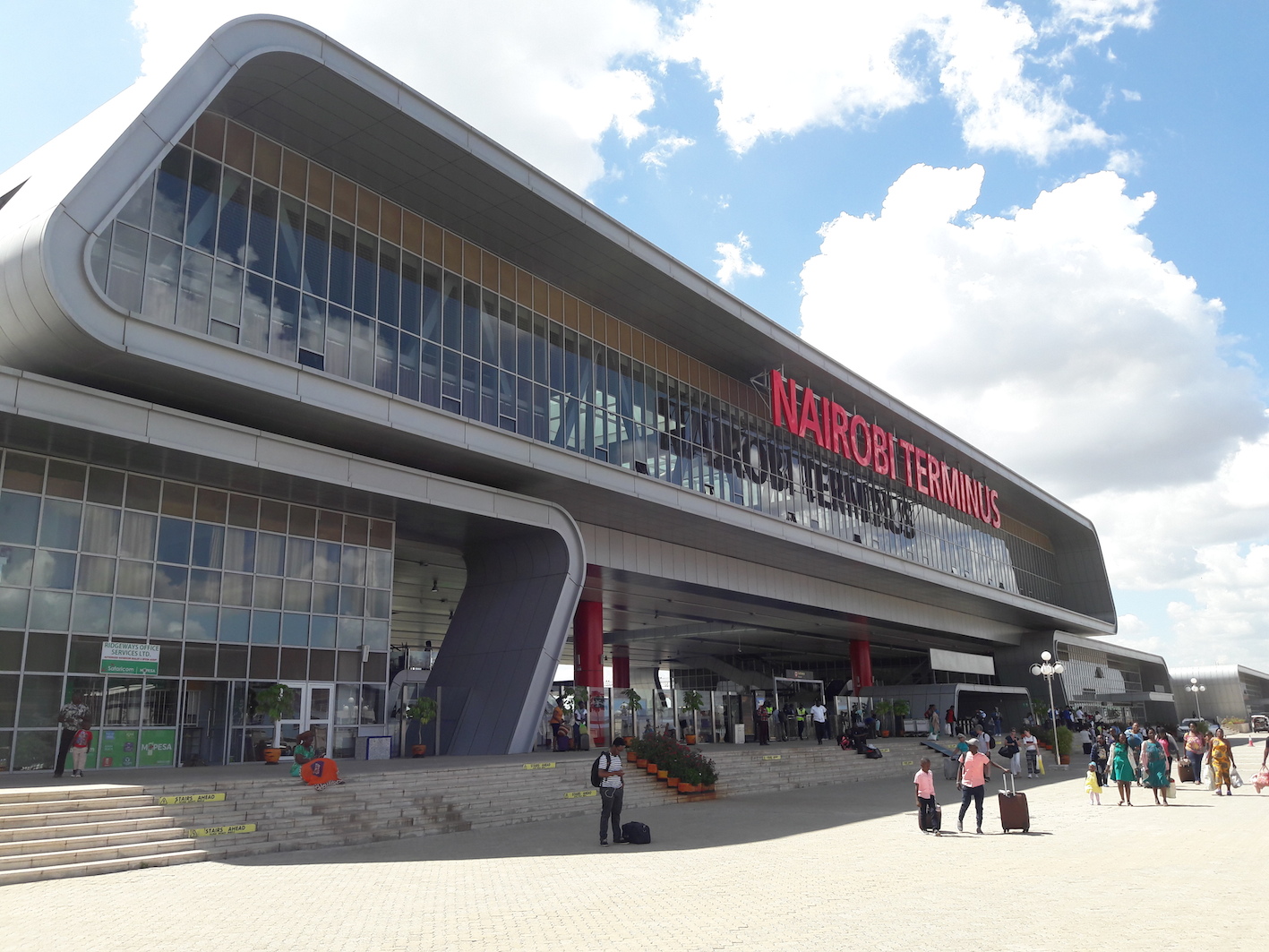
China has has dramatically expanded rescue lending to countries that borrowed money from it for Belt-and-Road infrastructure schemes, a new study finds.
By the end of 2021, China had undertaken 128 rescue loan operations with 22 debtor countries, together worth $240bn.
These operations include many so-called “rollovers,” in which the same short-term loans are extended again and again to refinance maturing debts.
In October last year, Kenya’s government said it would ask for an extra 30 years to repay China the $5bn it borrowed for its new standard gauge railway connecting Mombasa to the interior of the country. The original term of the loan was 20 years.
At the time, Kenyan transport minister designate, Kipchumba Murkomen, said payments to China’s Export–Import Bank were “choking the country”.
Recent development
In 2010, less than 5% of Beijing’s overseas lending supported borrower countries in distress, but that figure had soared to 60% by 2022, according to a new study by researchers at the World Bank, the Harvard Kennedy School, research group AidData, and the Kiel Institute for the World Economy.
This is a recent development. Nearly 80% of China’s emergency rescue lending was issued between 2016 and 2021, the study found.
China has responded to the rising tide of debt distress by moving away from infrastructure lending and expanding liquidity support.
It has also scaled back investments in countries affected by war, economic collapse, and political unrest.
Looking out for China’s banks
Beijing does not offer bailouts to all Belt-and-Road debtors equally, the study found.
Low-income countries are typically offered debt restructuring but not new money.
Middle-income countries tend to receive new money through balance of payments support to avoid or delay default.
This is because Chinese banks need to keep their biggest overseas borrowers sufficiently liquid to continue servicing outstanding project debts.
They represent 80% of more than $500bn of China’s total overseas lending, so Chinese banks have incentives to keep them afloat with bailouts.
Low-income countries represent only 20% of China’s total overseas lending, and so rarely get bailed out.
“Beijing is ultimately trying to rescue its own banks. That’s why it has gotten into the risky business of international bailout lending,” said Carmen Reinhart, one of the study’s authors.
“But if you are going to bail out a borrower that is in default or teetering on the edge of default, it’s important to have a clear understanding of whether you are trying to solve a short-term liquidity problem or a long-term solvency problem.”
Not cheap
The study’s authors find that China has channeled bailout funds to countries with low foreign exchange reserve levels and weak sovereign credit ratings.
To date, it has undertaken rescue lending operations in 22 countries, including Argentina, Belarus, Ecuador, Egypt, Laos, Mongolia, Pakistan, Suriname, Sri Lanka, Turkey, Ukraine, and Venezuela.
The authors also find that borrowing from Beijing in emergency situations is not cheap: whereas a typical rescue loan from the International Monetary Fund (IMF) carries a 2% interest rate, the average interest rate attached to a Chinese rescue loan is 5%.
“Our findings have implications for the global financial and monetary system, which we see becoming more multipolar, less institutionalized, and less transparent,” said Christoph Trebesch, a co-author of the study. “We see clear historical parallels to when the US started its rise as a global financial power, from the 1930s onwards and especially after World War II.”
Further reading:






